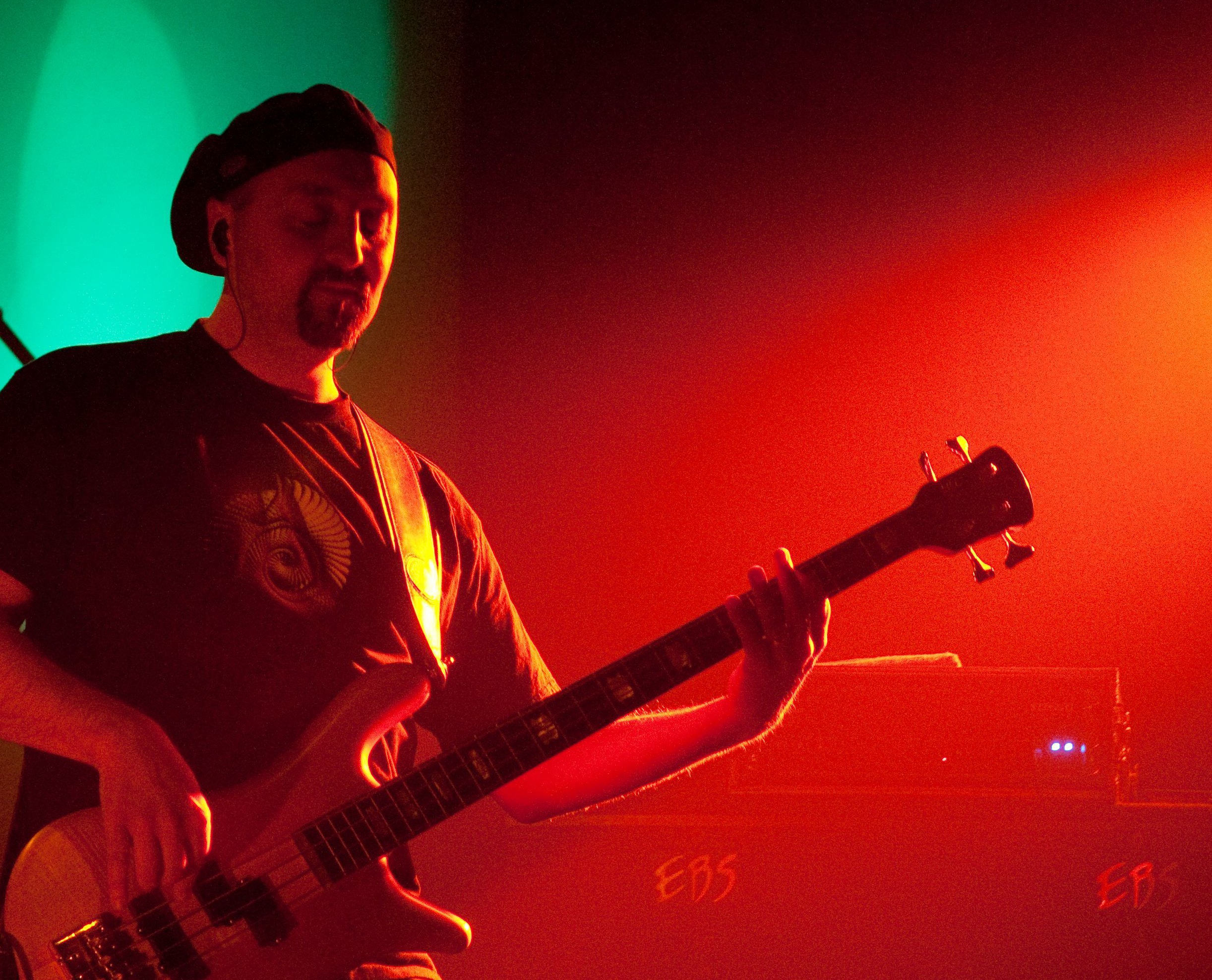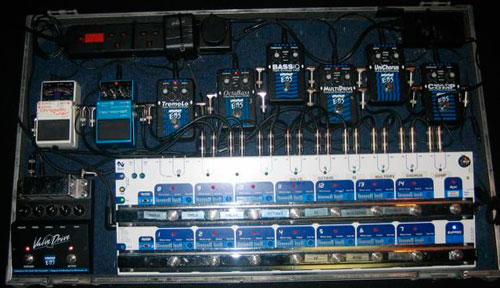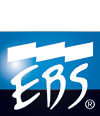
Porcupine Tree is a Grammy Award winning band from UK, that over the years has become a great inspiration for bands and musicians all over the world, gathering fans from all kinds of musical backgrounds. After more than a year on the road in support of their latest album, The Incident, we got a word with bass player Colin Edwin that we wanted to share with you all. So, please enjoy!
I’ve heard people call Porcupine Tree’s music a lot of things when trying to put a label on it, usually end up with “progressive rock”. How would you describe Porcupine Tree yourself for those who are not familiar with the band?
I always used to feel the “progressive” label had a lot of negative connotations, (it certainly didn’t help us get any exposure early on!) and I thought it was generally applied to bands that were either a spent force, or else, quite retro and not very forward looking in a musical sense, but over the last few years, it’s become less of a dirty word. I guess this is because there are currently a lot of great artists who’ve made the label seem more appealing: Tool, Opeth, Mars Volta, Radiohead to name a few that spring to mind. So although I really prefer to leave the labelling job to journalists, I’d have to say that “progressive” isn’t far off!
The band has been around for quite some time, but seems you had a sort of break through with the album In Absentia (2002), and has gained a lot of new fans with every new album ever since. When did the band actually start, and do you have an idea what boosted the success after all these years being a band not so known to the masses?
The band, as a live entity, started in 1993, Steven having previously made the first two albums all on his own – although myself and keyboard player Richard Barbieri both guested on the second album “Up the Downstair”. We were lucky enough that very early on, a few territories really got into the band, so we were doing some quite big shows in places like Italy and Poland, whilst still playing tiny clubs in the UK and elsewhere, but the level of interest was always slowly growing everywhere, and this gave us the confidence to keep going where I think a lot of bands would have given up. In Absentia was our first major label album with a decent budget, and at that time, we had the benefit of tour support and promotional activities that weren’t available to us when we were on smaller labels, so we made a lot of headway then, especially in the USA, but I still feel that we’ve built up our audience mainly by touring, and getting a reputation as a good live act to go and see. The current musical climate has favoured live music and especially bands like us who go out and put on a good live show, and we put a lot of energy and effort into making our shows as good as they can be. That and the combination of word of mouth recommendation built up over the years means we have now become what agents refer to as “a solid live draw”. The internet has helped us as well, with the culture of people sharing and recommending what they like or have discovered for themselves. The internet has meant that we’ve also been to some places that other bands rarely visit, such as India and Mexico, and we find that we have a sizeable audience who all know the music really well.
After the successful albums In Absentia and Deadwing, not many expected the turn that the band took with the album “Fear of a Blank Planet” – a dark, serious and ambitious concept album without songs suited for radio airplay. What made you take such a bold step where many bands had played it safe and went in a more commercial direction to repeat the success?
One thing I’ve learned is that it’s really impossible to second guess what people will like, so catering for what you think your audience will like is really a mistake. We’ve never been a radio friendly act and have never had a hit single or done much on TV, so we weren’t worried about trying to be commercial. I actually felt really confident about Fear of A Blank Planet, since we took the unusual step of playing most of it live before we recorded the album, so we got to “road test'” a lot of the material in front of an audience, just like bands used to do before everyone got really paranoid about internet bootlegging. We asked our audiences to refrain from recording and sharing material we were testing out, and amazingly, they all seemed to respect that.
“Fear Of A Blank Planet” and the latest album “The Incident” both are concept based albums and seems to have had a big impact on your live shows, since the stories are illustrated effectfully by video art (by Lasse Hoile) and have turned your concerts into a great experience both musically, emotionally and visually. When you went in this direction with the music, did that create an opportunity to work more with synchronised video or did the idea to incorporate video actually inspire the songwriting to fit into that concept?
The visuals follow the concepts and themes of the albums, rather than the other way round. We’ve always considered the lighting and visual aspects of the live show to be very important part of our live presentation. Before “In Absentia” with the more psychedelic type music we were playing at the time, we had a lightshow (Fruit Salad Lights) that was very “trippy” and really fitted what we were doing musically. As the music changed, we got more interested in having a different type of lighting concept, and also having films that actually ran in synch to the music, Lasse came along at just the right time with a lot of ideas, and after a few failed attempts (!) we were technically able to implement them.
[youtube=http://www.youtube.com/watch?v=JTEWlSTQ1RI]
“Time Flies” From the album The Incident
Your singer and guitarist Steven Wilson said in an interview that there isn’t a lot of stuff in Porcupine Tree’s music that is very hard to play (except for the drum parts that is really on the edge at times), and what makes it sound complex music is the thoughtfully arrangements rather than technically advanced parts. Do you agree with that, and how do you approach to the music when it comes to create bass lines?
Porcupine Tree music isn’t necessarily difficult in a technical sense, and certainly not compared to some bands, but it can still be a challenge to play something that’s both appropriate and also interesting for the listener. The music is generally quite dense sonically speaking, so more often than not, as far as the bass goes, a simpler more economical bassline frequently has more power and is more fitting than something busy. I have to be careful sometimes about going out of the bass register, as the overall sound of the ensemble demands a solid bottom end.
Feel, space, dynamics, length of note and of course sound and tone are all very important too. Recording a lot has also taught me the importance of space. I am also very aware that the bassline is kind of like the “glue” that holds a lot of the other parts together, so small variations in a part can sometimes make a big difference. For me, when a bassline is “right”, it’s when you can really hear it as an integral and essential part of the whole piece.
You seem to be a band that put a lot of efforts in getting the sound right, which naturally leads to ask you about the gear you are using. What does your setup on stage look like, and what is your impression of using EBS gear? Any particular favourite items that you think are significant for your sound?
Throughout the Incident tour, I’ve been using mainly four basses: two Wal basses, a fretted, and a fretless, (both made in the early ’80s and fitted with Hipshot D-tuners) a Spector Euro 435LX, (tuned to low C) and a Basslab fretless, also fitted with a D-tuner. I’ve been using the following pedals through the Gigrig system: Valvedrive, Multicomp, UniChorus, Multidrive, Tremolo, Octabass, BassIQ, and a Boss tuner. I’ve also just got a D-phaser which you’ll be hearing more of too. All this goes into a TD650 Head and two Neodymium 4 x 10″ speaker cabs.
I first discovered EBS gear through Pete the Fish at Wal many years ago, when he lent me a Multicomp pedal which quickly became indispensable for me. Later on, when Porcupine Tree started doing fly-in gigs, I got to try out many different amps, and I always found it easy to get a good sound whenever I used an EBS. Later still, after using the gear on different tours, I found it absolutely reliable, consistent, clear, powerful and flexible too.
I like to use the EBS Microbass in the studio, I can use it a number of different ways, sometimes just as a straight D.I., other times I use it to split a signal so as I can feed one through some effects or a Line 6 POD.
For the special Porcupine Tree shows at Radio City in New York and the Royal Albert Hall, where we did an “all-acoustic” part of the show, I played my upright bass through a Session 60 and a NeoDrome 15 combo, both of which impressed me and my tech.
Your pedal board has an impressive switch station, can you tell us a little about that and how it works?

I use a Gigrig Pro 14 switching system, which enables me to keep a lot of pedals in line without degradation of tone and gives me a huge amount of flexibility in combining the sounds of different pedals without having to do a complex series of foot movements on three or four pedals at once to access a sound quickly! I can set which pedals I want to use on a certain patch, and only need to do one stomp to get a particular sound that might be made from a three or four pedal combination. It also means I can keep the pedal board neat and tidy, something it never used to be!
Since you started to use EBS pedals, it seems to have spilled over to some of the other guys in the band since both Richard Barbieri (keys) and John Wesley (tour guitarist) have started to use some of the pedals as well, any ideas why these pedals, made for bass, seems to work just as good for guitar and keys too?
John Wesley bugged the hell out of me to get in touch with you for a BassIQ, I think he’d heard another guitarist use one and was knocked out with it. Richard has always used distortion pedals with his keyboards and was keen to use a Valvedrive, as it seemed ideal for him, given the range of tones that are possible. Actually, I think more people have asked me about the Valvedrive pedal than anything else, including Tony Levin, and Jamie Cavanagh (Bassplayer from Anathema) who told me that it had the sound he’d been looking for for ten years!
You just ended a very long tour in support for “The Incident” with a couple very special shows, one at Radio City Music Hall in New York, and one at Royal Albert Hall. Any chance that we will see a live album or DVD coming out of that? And what are the plans for the future right now?
Unfortunately, no DVD of either show will be happening. We decided against doing any filming mainly due to the fact that we didn’t want the extra pressure of cameras at Radio City or the Royal Albert Hall, as playing a near 3 hour show featuring lots of material that we don’t normally play was enough for each of us to deal with! We did record the audio at the Royal Albert Hall show, so some of that may come out in the future. After a very full-on years worth of touring, we plan to take 2011 off to do our own solo projects and collaborations.
Apart from Porcupine Tree, you have some other musical projects running as well, can you tell us a bit more of that? Do you approach the music any different with these projects than with Porcupine Tree?
I have a long-standing duo collaboration, under the name Ex-Wise Heads, with multi-instrumentalist Geoff Leigh and various guest musicians. Working with Geoff involves a lot of improvisation, and draws on a good deal of non-Western musical influences, like Eastern scales and odd-time rhythms. We’re just about to release our sixth album. The music is completely different to Porcupine Tree, and I enjoy the contrast. I find that in any given situation, one of the things that is endlessly fascinating about being a musician is how, in the process of interaction, different people can bring various aspects of one’s own musical personality out into whatever you are playing. This is especially true as a bass player, which of course normally finds you in a supportive, rather than lead role. I did however, enjoy making my solo CD ‘Third Vessel”, where I consciously decided to not get anyone else involved, bass playing being something I normally do with others, just to see what I came up with left to my own devices!
What music/musicians do you listen to for inspiration, and where else do you get inspiration for your music?
I’ve always considered it important to have a big pool of things to listen to and draw from so I keep my ears open as much as possible.
There’s a few of my early influences I never tire of hearing: Chic, The Police, Killing Joke, Gong, Weather Report, John Paul Jones, Tackhead, Frank Zappa, Brian Eno, John Martyn, Jah Wobble and various dub records. I also love jazz, especially Charles Mingus, Roland Kirk, Jim Hall, the Esbjorn Svensson Trio, Ahmad Jamal’s 1950’s trio and Oscar Peterson. Recently I’ve been listening a lot to Karnivool, Nick Bartsch’s Ronin, Me’shell N’degeocello and Foals. As for other sources of inspiration, travelling around places like Morocco and India really made a big impression on me, as well as opening my ears to things I would never have heard otherwise.
Finally, any last words to the bass players out there?
I’d like to share one piece of advice that I continually discover to be true…..don’t neglect the basics!
[youtube=http://www.youtube.com/watch?v=sBQnDNhq8Lg]
“Strip The Soul” from the DVD Anesthetize
Read more about the band at www.porcupinetree.com and don’t miss their latest releases The Incident and the live DVD Anesthetize (where the video clips are from!)
